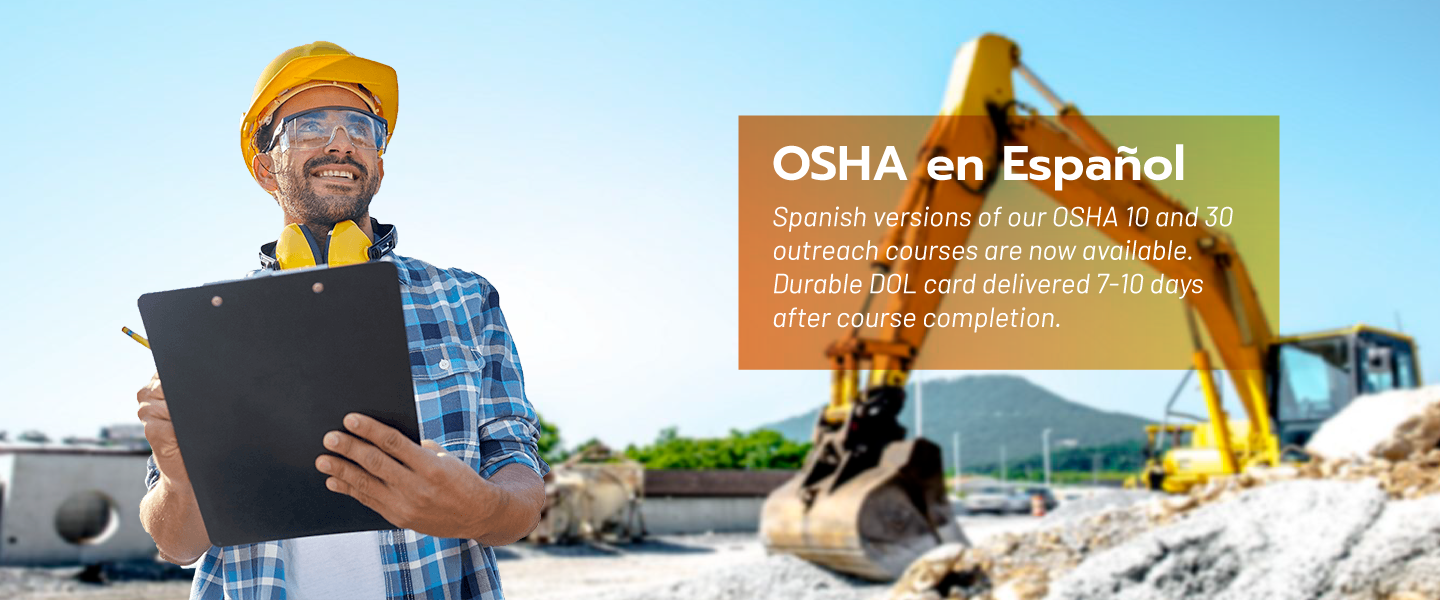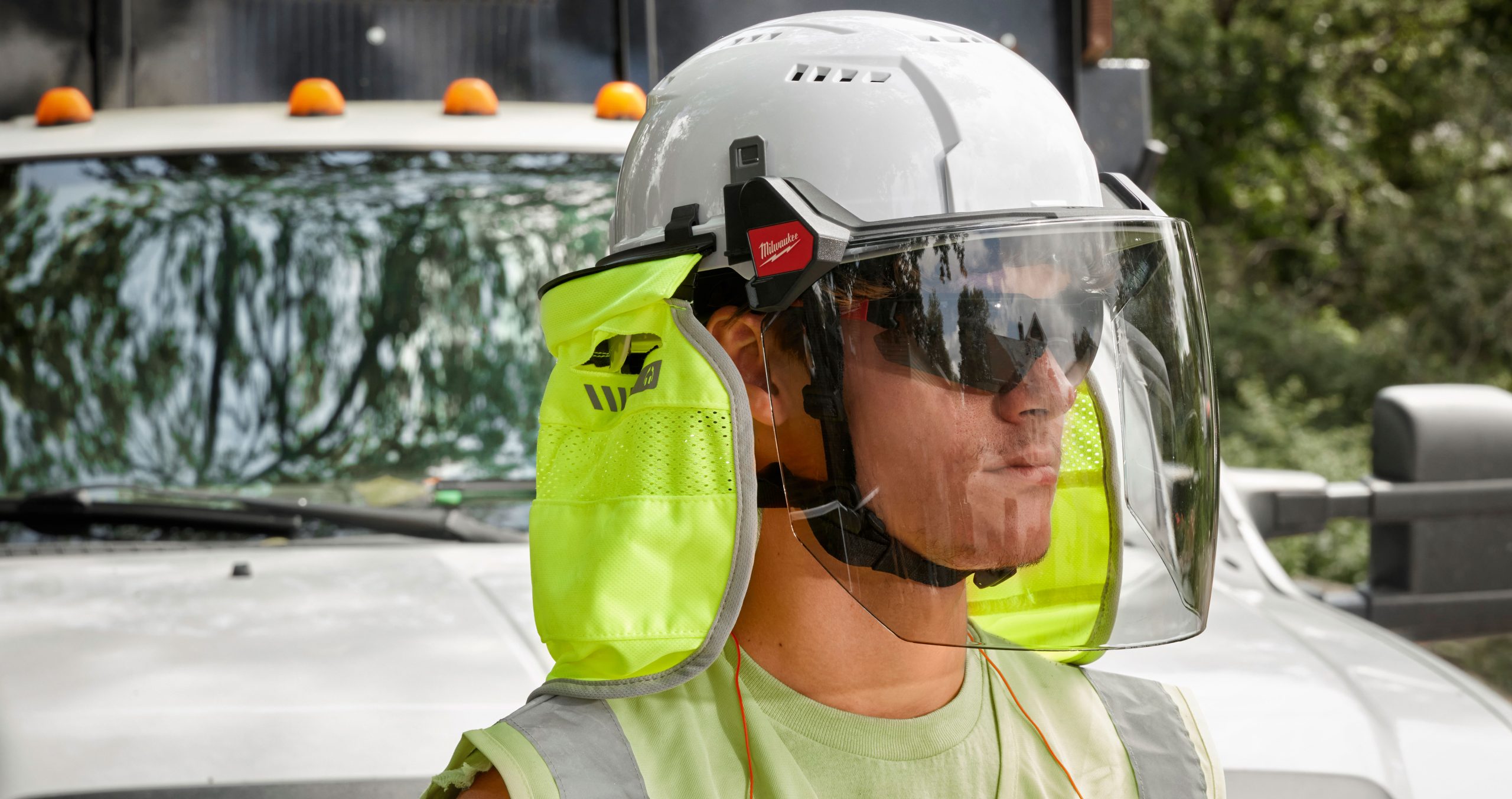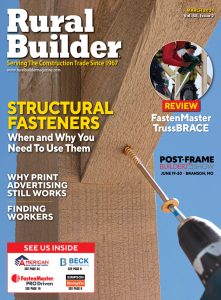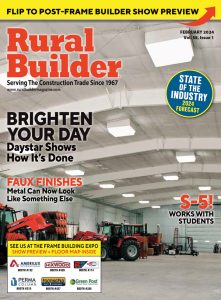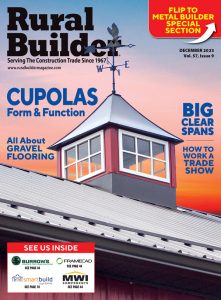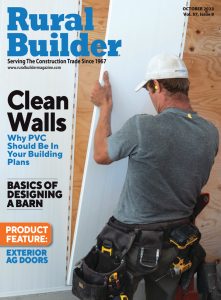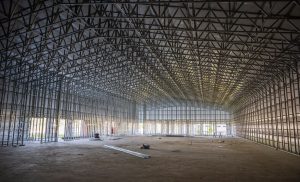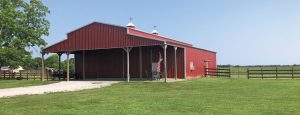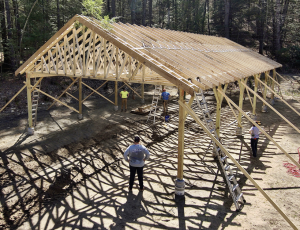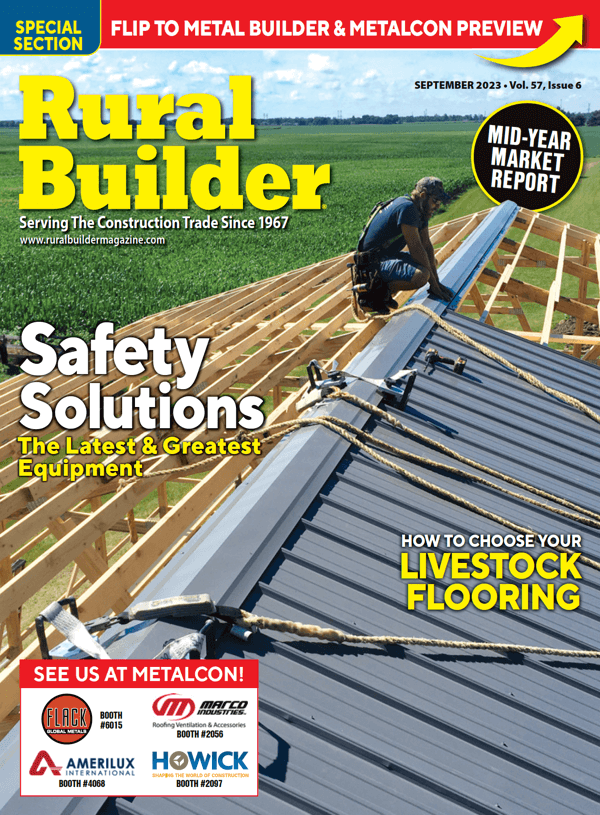By Vincent Catteruccia. Ph.D.
Work boots provide an interface between the foot and the ground, protecting the foot from undesirable external stimuli, particularly in harsh work environments. Occupational environments and the tasks performed by workers vary widely among different industries, requiring a variety of work boot designs to match unique workplace safety requirements. However, there is an over arching issue that remains constant through the years, as occupational footwear appears to be designed for occupational safety at the expense of foot (and by extension, body) health and comfort.
Standards exist specifying the design, construction, and classification of work boots. The design features focus on reducing injuries to the feet resulting from contact with objects, friction or pressure blistering, objects piercing the sole or upper, hazardous material contact, and slipping. Some of the resulting primary design features that differ among work boot styles include the materials from which boots are made, the need for waterproofing, the height of the boot, whether a steel safety cap and/or closures are required, and the stiffness and design of the sole (see Fig. 1). Even within a single occupation, boots are often task- and environment-specific. Despite numerous design variations among work boots, there is a lack of focus placed on the fundamental tasks common to most occupations, such as walking or standing.
Walking and standing constitute a large component of the day-to-day activity in occupations that require safety work boots. In most occupations, an individual’s work boots must meet the demands placed on their lower limbs while walking and when performing other working tasks. Without appropriate footwear, the risk of workers incurring a lower limb injury is increased, whether it is an acute injury — such as a sprain/strain due to slipping/tripping — or a chronic injury — such as overuse due to prolonged walking. Lower limb injuries are prevalent in occupations that involve prolonged walking and standing. In trades such as fabrication (e.g., shipbuilding, an industry where workers spend an average of eight hours walking and standing on concrete per shift) serious lower limb injuries were reported annually.
It has been postulated that abnormal loading of the lower limb at the shoe-to-surface interface while walking can partly contribute to this high incidence rate of lower limb injuries. Boot design can alter the way the foot moves while walking, affecting the way the ground reaction forces are distributed throughout the lower leg. If the lower leg is forced to move in a way that opposes its natural structural alignment, excess strain can be placed on the supporting anatomical structures (in the hips and pelvis), such as the ligaments, tendons, and muscles, to maintain balance and strength. For example, when the normal ankle range of motion is restricted, the knee is forced to compensate for loads that the ankle is unable to absorb, increasing the risk of sustaining knee strain injuries.
BUYING THE BEST WORK BOOTS
Just as you prepare for a long day on the job, shopping the correct way to find your best work boots takes preparation. Below are some simple tips to remember when shopping for your next pair of work boots:
•Shop for boots in the afternoon or early evening. Feet tend to swell throughout the day, especially for those on their feet. By trying on footwear when your feet are at their largest, your work boots will also feel comfortable, even on the longest days.
•Come prepared with the proper attire. Bring a typical pair of socks that you might wear to better understand how your boots might fit. Also, bring your insoles if you use them.
Finding a good pair of work boots can solve a great deal of the problems associated with plantar foot, knee, and low-back pain. You want a work boot with good padding and shock absorption in the heel, also a deep heel cup that can help control excessive movement in the heel.
BOOT BUILD:
There are some remarkable products on the market today that take protection to the next level in footwear. Tough-Tec leather provides increased abrasion-resistance and is often added to the boot’s upper to provide further protection to the upper and foot. For those craftsmen working near open flames, Kevlar fibers have wonderful applications for fire-resistance. Some manufactures utilize special Kevlar laces for firefighting and welding wear that won’t melt when heat is applied.
RUBBER OUTSOLE:
This catch-all term refers to the bottom of the boot; however, understanding its materials and functions is paramount. Rubber is a common outsole component and is typically abrasion-, oil-, and slip-resistant — important features for work in construction or manufacturing settings. Vibram® is a high-performance rubber and an excellent choice for work sites with rugged terrains and provides maximum traction on both wet and dry surfaces. Today’s manufacturers often have their proprietary rubbers, allowing their outsoles to have additional performance or safety attributes.
TPU OUTSOLE:
Outsoles made from Thermoplastic Polyurethane (TPU) are long-wearing and are abrasion-, oil-, and chemical-resistant. Designed to be tough, they typically resist splitting and are more lightweight than their rubber counterparts.
THE SHANK:
Shanks are what keep your work boots in shape, as they stiffen the outsoles to give you a stable platform. They’re tucked into the interiors, located above the outer soles at the waist (or center section) of your work boots. These trusty metal or non-metal shanks are situated right between your heels and the ball areas of your feet. Don’t let the stiffness fool you — they’re shaped to contour your feet for comfort and reinforcement. If you’re wearing your work footwear right now, these flat, rigid pieces of material are just below your arches. Though steel sounds like it’ll weigh you down, these are thin pieces of metal that are naturally flexible and have a lot of springiness to them.
Picture them as small metal plates within your work footwear. They’re stiffer than other shanks, so they’re the best at preventing objects from penetrating from below. Unfortunately, they set off metal detectors and are sensitive to cold weather, but their benefits tend to outweigh their disadvantages. Their puncture-resistance is desired by hikers and workers who walk across sharp rocks and other razor-edged surfaces. Along with puncture-resistance, these strong steel shanks reduce stone bruises on the bottoms of your feet. If you climb ladders and stomp on shovels often, you’ll have fewer “ladder rung bruises” and “stone bruises” with this type of hidden, protective feature.
FIT MATTERS
At the end of the workday, your feet should not be rubbed raw, squeezed tight, or sore with blisters and abrasions. Too-tight shoes can lead to a variety of foot ailments including in-grown toenails, blisters, corns, or worse. Additionally, the wrong fit may cause discomfort in the toe box from the safety toe cap. A leather boot will stretch somewhat as it conforms to the shape of your foot; however, a steel toe will never stretch and once tight, is always tight, so never purchase a pair of safety-toe boots with the idea that they will eventually break in and stretch out. Finding the right size boot is very important for achieving all-day comfort. Today’s manufacturers offer both regular and wide widths. When trying on a boot for the first time, if it feels too snug, don’t be afraid to move to wide width.
Dr. Vince Catteruccia is a Musculoskeletal Rehabilitation Expert and creator of the Living Free Pain Method. He is known for uncovering hidden sources of physical pain and producing lasting solutions for his patients — without medication or surgery. His natural approach to solving pain is guided by his unique combination of professional credentials including a PhD in Behavioral Health, a Master’s of Science in Kinesiotherapy, and a Master’s of Science in Human Performance. Dr. Vince is also a licensed neuromuscular therapist.
Dr. Vince offers a unique perspective as a musculoskeletal expert, derived from his multiple higher education degrees and other advanced learning credentials from prestigious American and European associations. With an encyclopedic knowledge of the intricacies of body movement, Vince has a gift for creating fast and effective treatment strategies and conditioning plans.
Editor’s Note: This article sparked an inquiry about whether to re-sole a work boot and what factors to consider. The discussion included expert insight from a professional boot and shoe repairman, Jason “Doc” Rogers, owner of Doc’s Repairs. Learn More>>>


